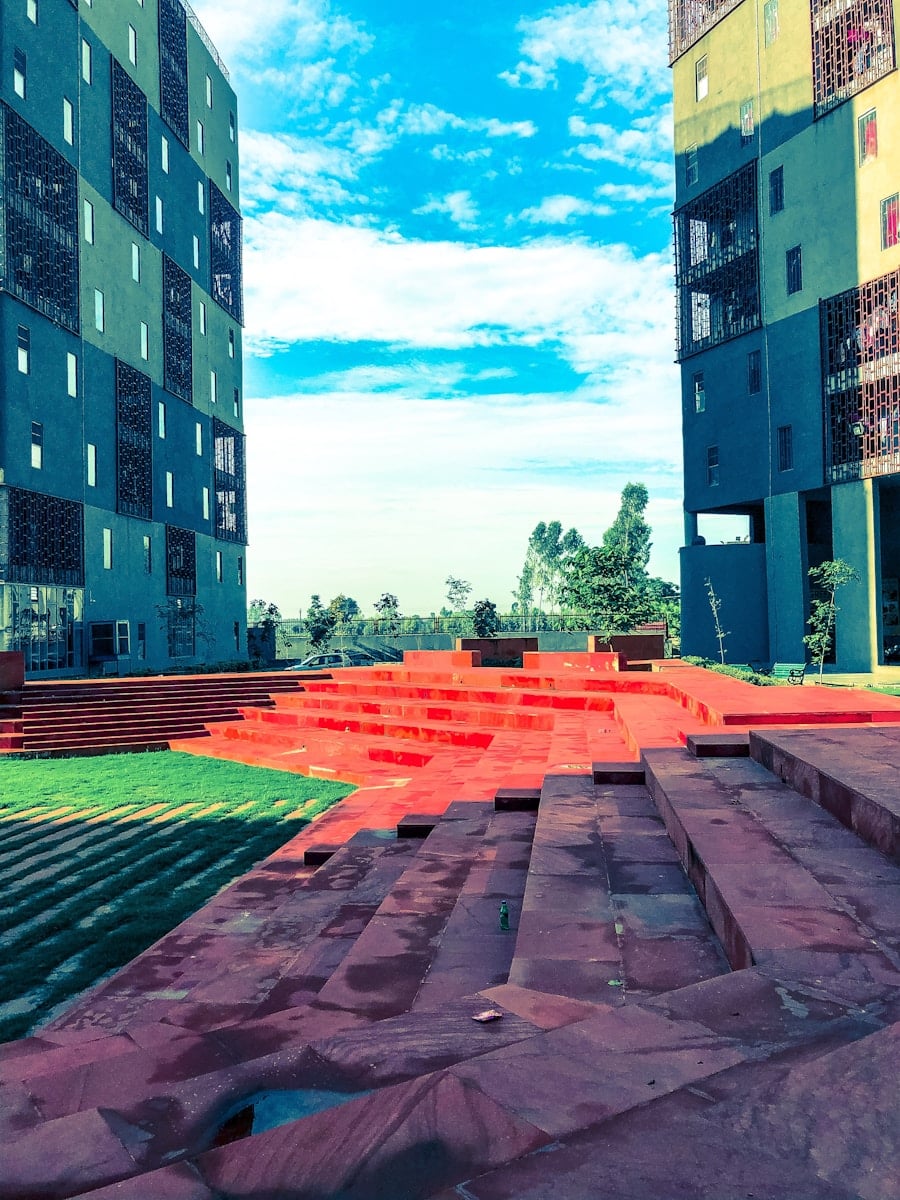The advent of artificial intelligence (AI) has revolutionized numerous industries, and the realm of video game development is no exception. AI-generated level design refers to the use of algorithms and machine learning techniques to create game environments, challenges, and experiences autonomously or with minimal human intervention. This innovative approach allows developers to explore new creative avenues, streamline production processes, and enhance player engagement through dynamic and adaptive gameplay experiences.
As the gaming industry continues to evolve, the integration of AI in level design is becoming increasingly prominent, raising questions about its implications for creativity, efficiency, and player satisfaction. Historically, level design has been a labor-intensive process requiring a deep understanding of game mechanics, player psychology, and artistic vision. Designers often spend countless hours crafting intricate worlds that are not only visually appealing but also engaging and challenging.
By leveraging vast datasets and sophisticated algorithms, AI can analyze player behavior, predict preferences, and generate levels that cater to diverse audiences. This shift not only enhances the efficiency of game development but also opens up new possibilities for creating unique gaming experiences that adapt to individual players’ styles.
Key Takeaways
- AI-generated level design utilizes artificial intelligence to create game levels, enhancing the gaming experience for players.
- Advantages of AI-generated level design include increased efficiency, variety, and scalability in game development.
- Challenges and limitations of AI-generated level design include the need for human oversight, potential lack of creativity, and the risk of repetitive or predictable levels.
- AI-generated level design has a significant impact on game development by streamlining the design process and enabling developers to focus on other aspects of the game.
- Ethical considerations in AI-generated level design revolve around issues of originality, fairness, and the potential for bias in the design process.
Advantages of AI-Generated Level Design in Gaming
One of the most significant advantages of AI-generated level design is its ability to produce content at an unprecedented scale and speed. Traditional level design often involves a lengthy iterative process where designers create, test, and refine levels based on player feedback. In contrast, AI can generate multiple variations of a level in a fraction of the time, allowing developers to experiment with different layouts, challenges, and aesthetics without the extensive manual labor typically required.
This rapid prototyping capability enables teams to explore a wider range of ideas and concepts, ultimately leading to more innovative gameplay experiences. Moreover, AI-generated levels can be tailored to individual player preferences and skill levels. By analyzing data from player interactions, AI systems can create personalized challenges that adapt in real-time to a player’s performance.
For instance, if a player struggles with a particular section of a game, the AI can modify the level to reduce difficulty or introduce new elements that facilitate learning and mastery. This adaptability not only enhances player satisfaction but also fosters a sense of progression and achievement, as players are continually challenged without feeling overwhelmed.
Challenges and Limitations of AI-Generated Level Design
Despite its numerous advantages, AI-generated level design is not without its challenges and limitations. One primary concern is the potential lack of creativity and emotional depth in levels created by algorithms. While AI can analyze patterns and generate content based on existing data, it may struggle to replicate the nuanced understanding of human emotions and storytelling that experienced designers bring to their work.
Levels designed solely by AI may lack the thematic coherence or emotional resonance that players often seek in their gaming experiences. Additionally, there are technical limitations associated with AI-generated content. The quality of the generated levels heavily depends on the data used to train the algorithms.
If the training data is biased or lacks diversity, the resulting levels may reflect those shortcomings, leading to repetitive or uninspired designs. Furthermore, ensuring that AI-generated levels maintain a balance between challenge and accessibility can be complex. Developers must carefully monitor the output of AI systems to ensure that they do not inadvertently create levels that are either too easy or excessively difficult for players.
Impact of AI-Generated Level Design on Game Development
The integration of AI-generated level design is reshaping the landscape of game development in profound ways. One notable impact is the democratization of game creation. With AI tools becoming more accessible, aspiring developers can leverage these technologies to create their own games without needing extensive training in traditional design principles.
This shift has the potential to diversify the gaming industry by empowering a broader range of voices and perspectives in game development. Moreover, AI-generated level design can significantly reduce production costs and timelines. By automating repetitive tasks and streamlining workflows, development teams can allocate resources more effectively.
This efficiency allows for more time to focus on other critical aspects of game development, such as narrative design, character development, and marketing strategies. As a result, studios can bring their projects to market more quickly while maintaining high-quality standards.
Ethical Considerations in AI-Generated Level Design
As with any technological advancement, ethical considerations surrounding AI-generated level design are paramount. One pressing issue is the potential for intellectual property concerns. When AI systems generate content based on existing games or designs, questions arise about ownership and originality.
Developers must navigate these complexities to ensure that their use of AI does not infringe upon the rights of other creators or lead to accusations of plagiarism. Another ethical consideration involves the impact of AI on employment within the gaming industry. While AI can enhance productivity and efficiency, there is a legitimate concern that it may displace human designers and artists.
As studios increasingly adopt AI tools for level design, it is crucial for industry leaders to consider how they can integrate these technologies while preserving jobs and fostering a collaborative environment where human creativity complements machine efficiency.
Future Trends and Innovations in AI-Generated Level Design
Looking ahead, several trends and innovations are likely to shape the future of AI-generated level design in gaming. One promising direction is the continued advancement of machine learning algorithms that can better understand player behavior and preferences. As these systems become more sophisticated, they will be able to create even more personalized experiences that resonate with players on a deeper level.
Additionally, the integration of virtual reality (VR) and augmented reality (AR) technologies presents exciting opportunities for AI-generated level design. These immersive platforms require unique spatial considerations and interactivity that traditional games may not demand. By harnessing AI’s capabilities in these environments, developers can create dynamic worlds that respond to players’ movements and actions in real-time, further enhancing immersion and engagement.
Case Studies of Successful AI-Generated Level Design in Gaming
Several notable case studies illustrate the successful application of AI-generated level design in gaming. One prominent example is “No Man’s Sky,” developed by Hello Games. The game utilizes procedural generation techniques powered by algorithms to create an expansive universe filled with diverse planets, ecosystems, and life forms.
Each player’s experience is unique due to the game’s ability to generate vast amounts of content algorithmically while maintaining a coherent aesthetic style. Another example is “Ghost Recon: Breakpoint,” which employed an AI-driven system called “AI Director” to dynamically adjust mission parameters based on player performance and choices. This system allowed for a more tailored gameplay experience by modifying objectives, enemy placements, and environmental challenges in real-time.
The result was a more engaging experience that kept players invested in their missions while ensuring that no two playthroughs were identical.
The Role of AI-Generated Level Design in Shaping the Future of Gaming
As artificial intelligence continues to evolve, its role in shaping the future of gaming through level design will undoubtedly expand. The advantages offered by AI-generated content—such as increased efficiency, personalization, and scalability—position it as a transformative force within the industry. However, developers must remain vigilant about the challenges and ethical considerations associated with this technology to ensure that it enhances rather than detracts from the creative process.
The future promises exciting innovations as AI becomes more integrated into game development workflows. By embracing these advancements while maintaining a focus on human creativity and collaboration, the gaming industry can harness the full potential of AI-generated level design to create richer, more immersive experiences for players around the world. As we look forward to this new era in gaming, it is clear that AI will play an integral role in shaping not only how games are designed but also how they are experienced by players across diverse platforms and genres.
In a recent article discussing the future of AI-generated level design in gaming, it is important to consider the role of VPS hosting providers in ensuring seamless gameplay experiences. Choosing the right VPS hosting provider can greatly impact the performance and reliability of online gaming platforms. For more information on how to select the best VPS hosting provider for your gaming needs, check out this informative article on how to choose your VPS hosting provider in 2023. Additionally, implementing ERP systems can streamline game development processes and enhance overall efficiency. To learn more about the benefits of ERP subscriptions for gaming companies, be sure to read this insightful article on Screpy reviews in 2023.
FAQs
What is AI-generated level design in gaming?
AI-generated level design in gaming refers to the use of artificial intelligence algorithms to create game levels, environments, and content. This technology allows for the automatic generation of game content, which can save time and resources for game developers.
How does AI-generated level design work?
AI-generated level design works by using machine learning algorithms to analyze and understand patterns in existing game levels and environments. The AI then uses this knowledge to create new, unique game content based on the parameters set by the game developers.
What are the benefits of AI-generated level design in gaming?
Some benefits of AI-generated level design in gaming include the ability to create vast amounts of diverse and unique game content, saving time and resources for game developers, and providing players with new and exciting experiences in games.
What are the potential challenges of AI-generated level design in gaming?
Challenges of AI-generated level design in gaming may include the need for fine-tuning and oversight to ensure that the generated content aligns with the game’s design and vision. Additionally, there may be concerns about the potential for repetitive or uninspired content if not properly managed.
What is the future of AI-generated level design in gaming?
The future of AI-generated level design in gaming is likely to involve further advancements in machine learning and AI technology, leading to even more sophisticated and creative content generation. This could result in games with virtually limitless and highly immersive environments for players to explore.



